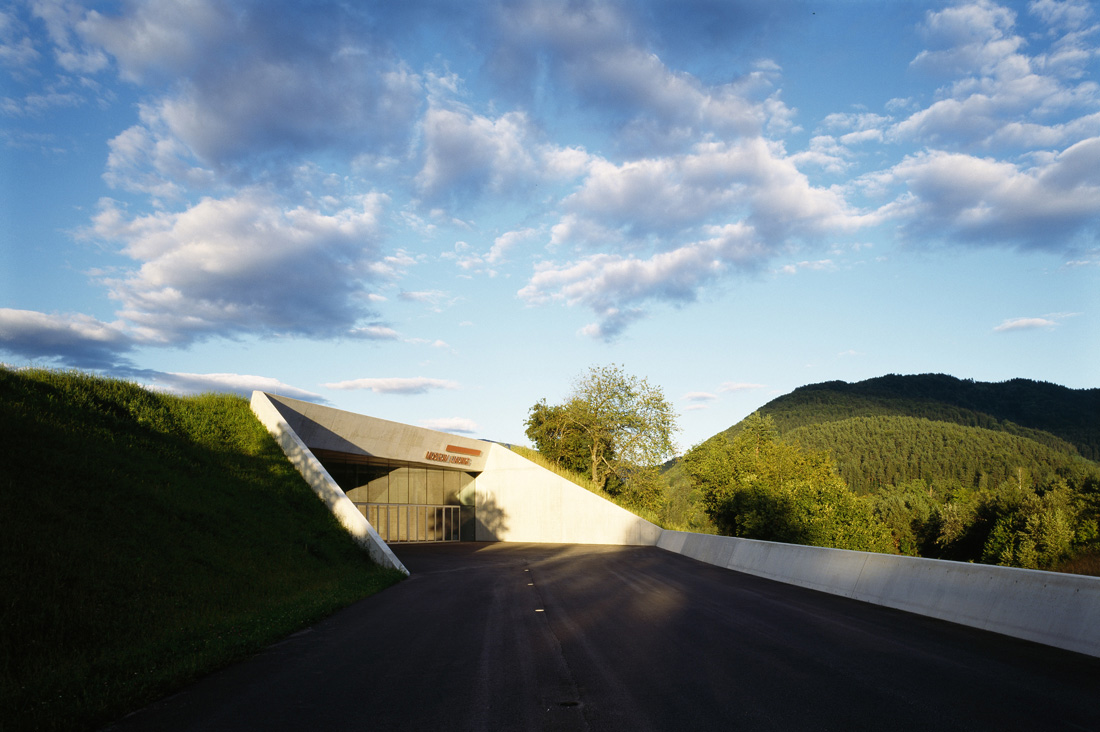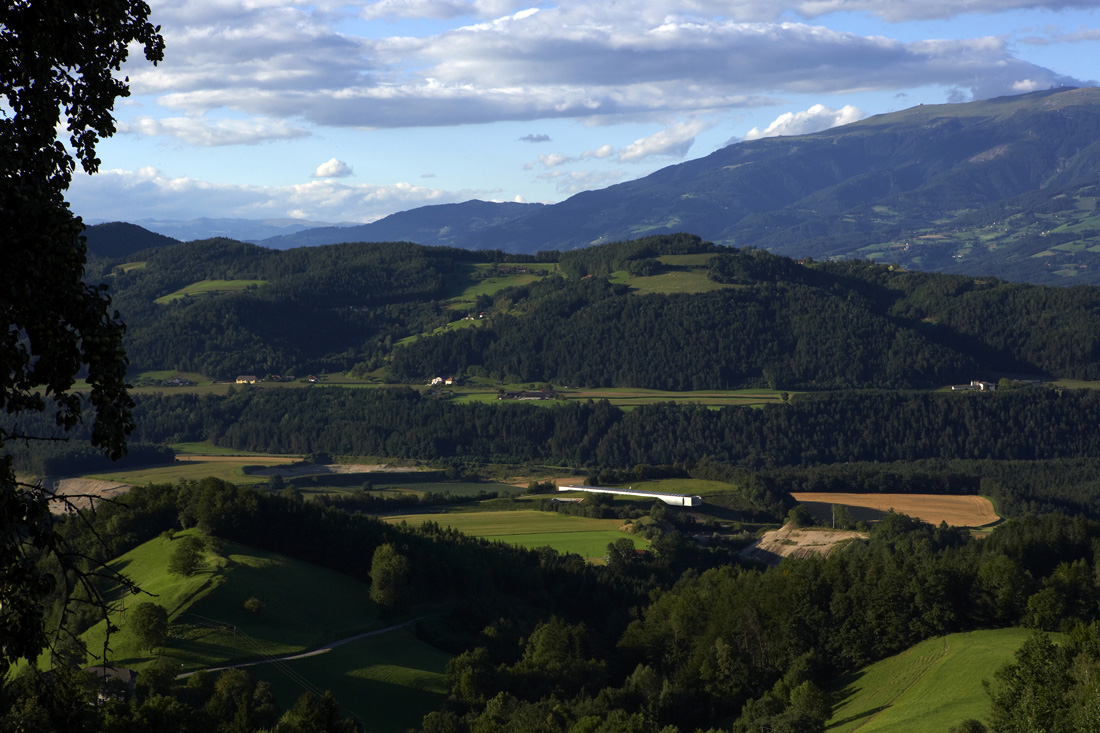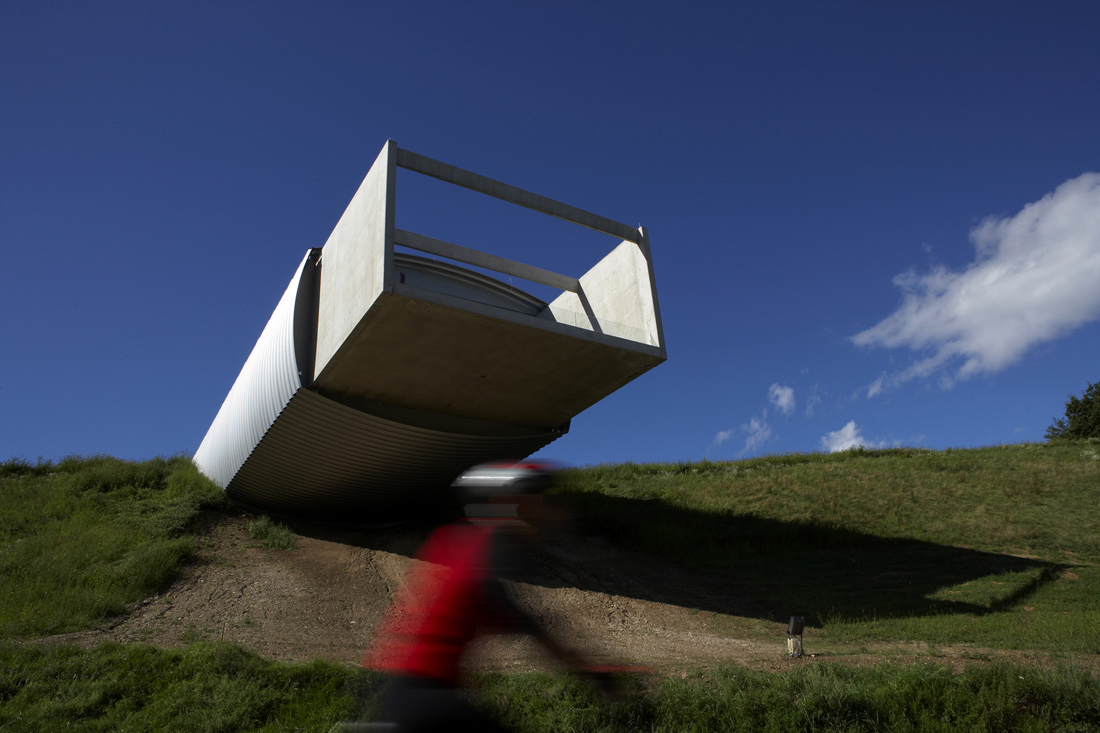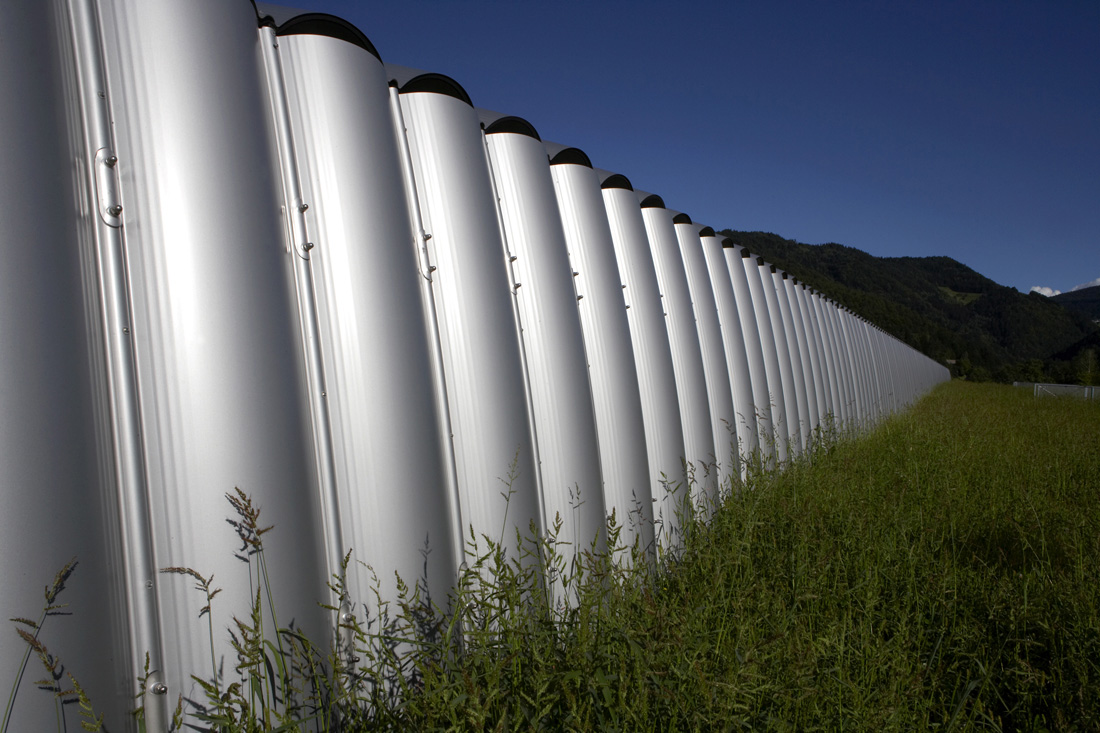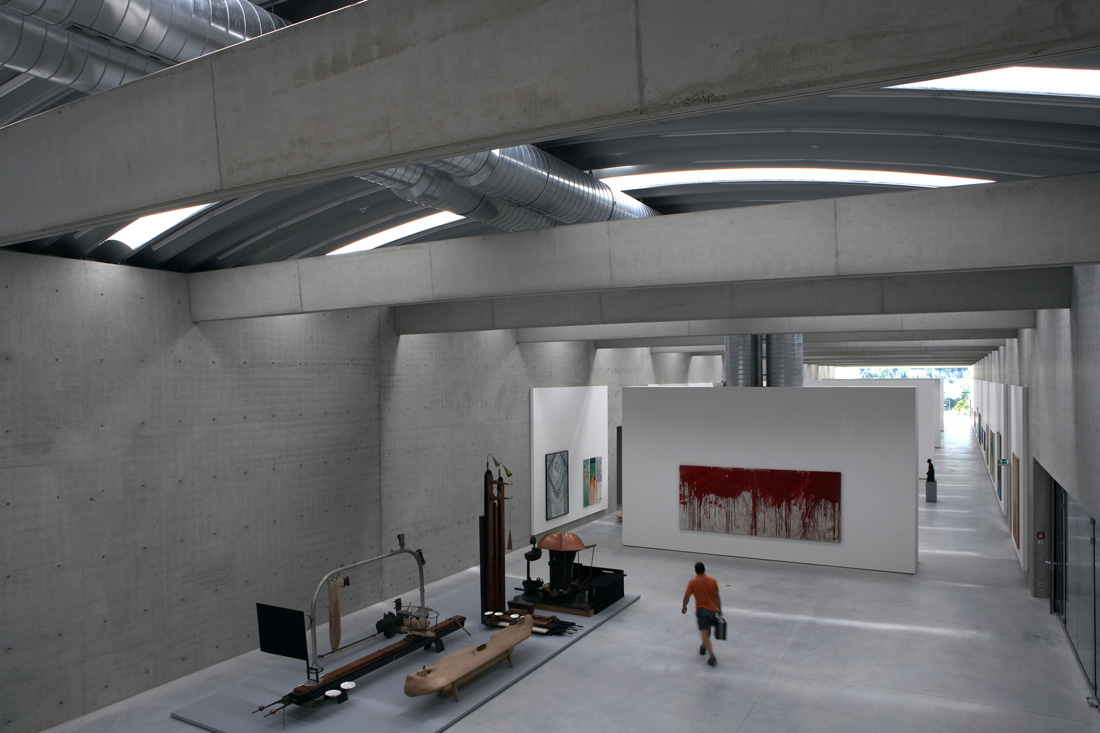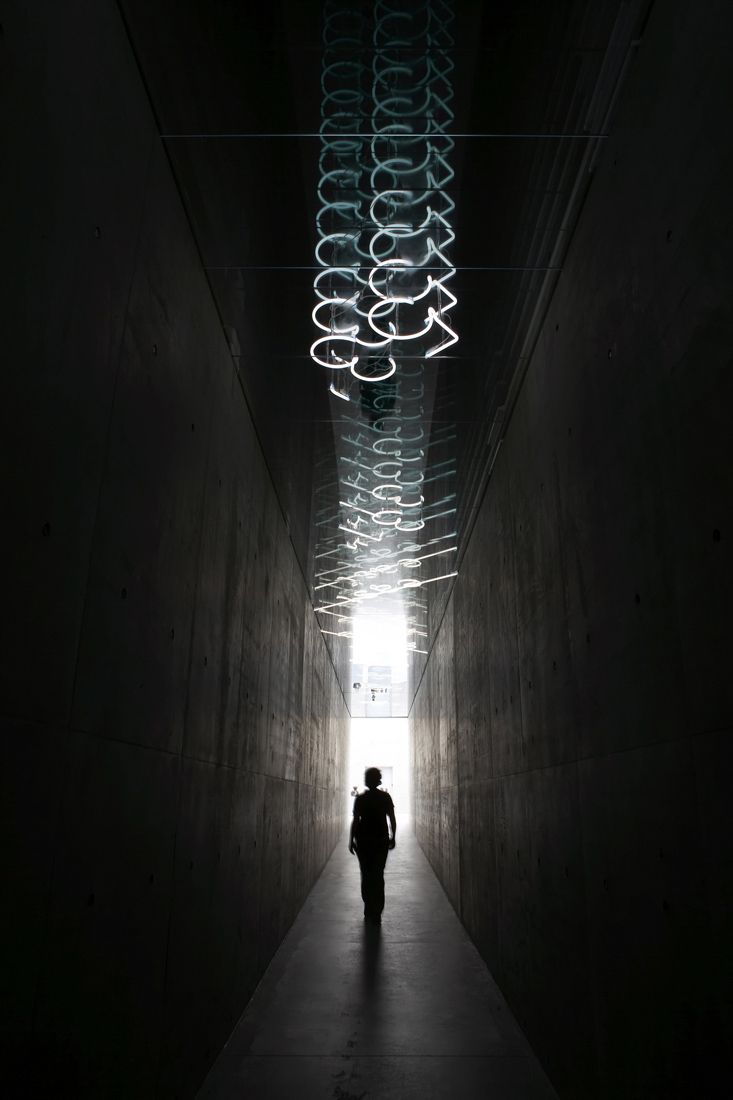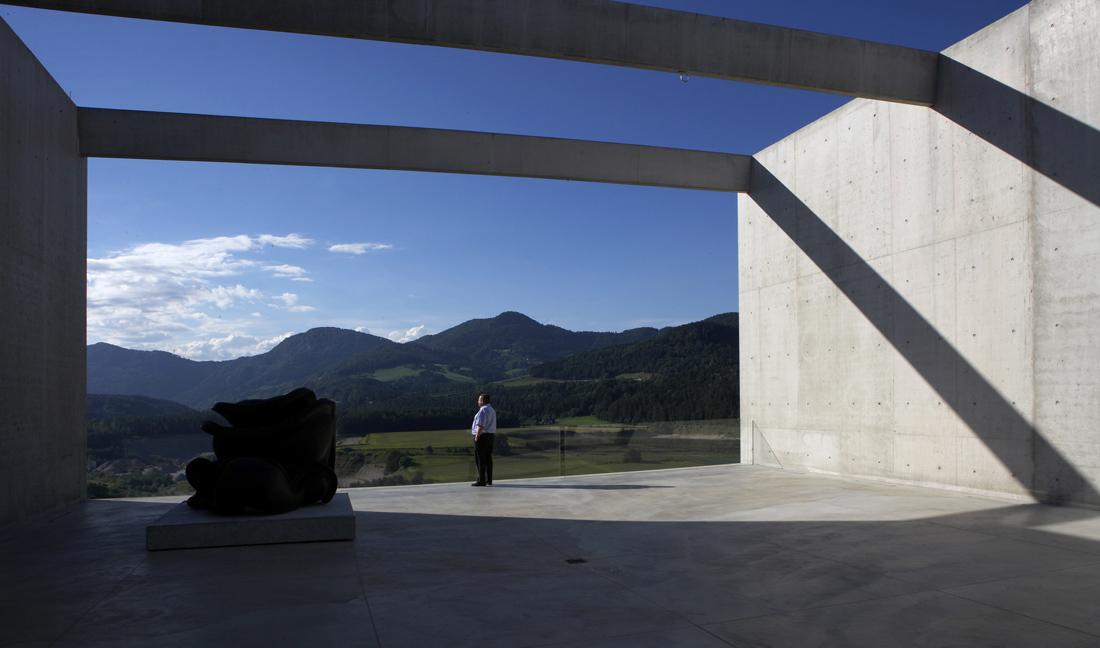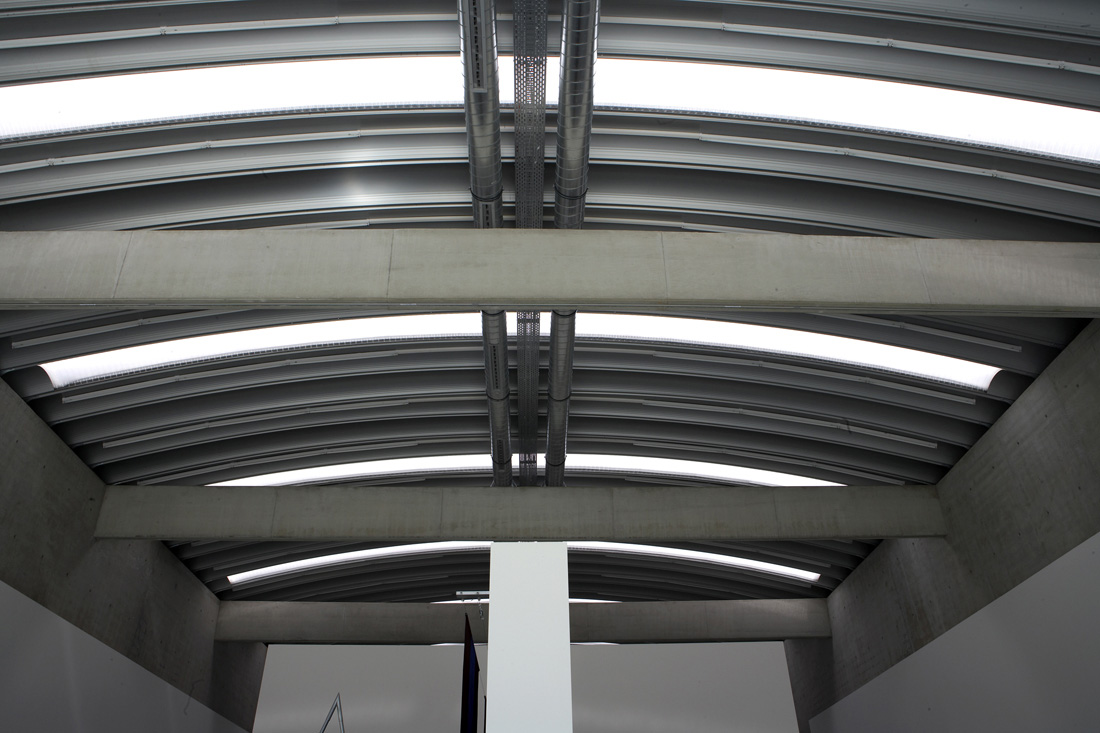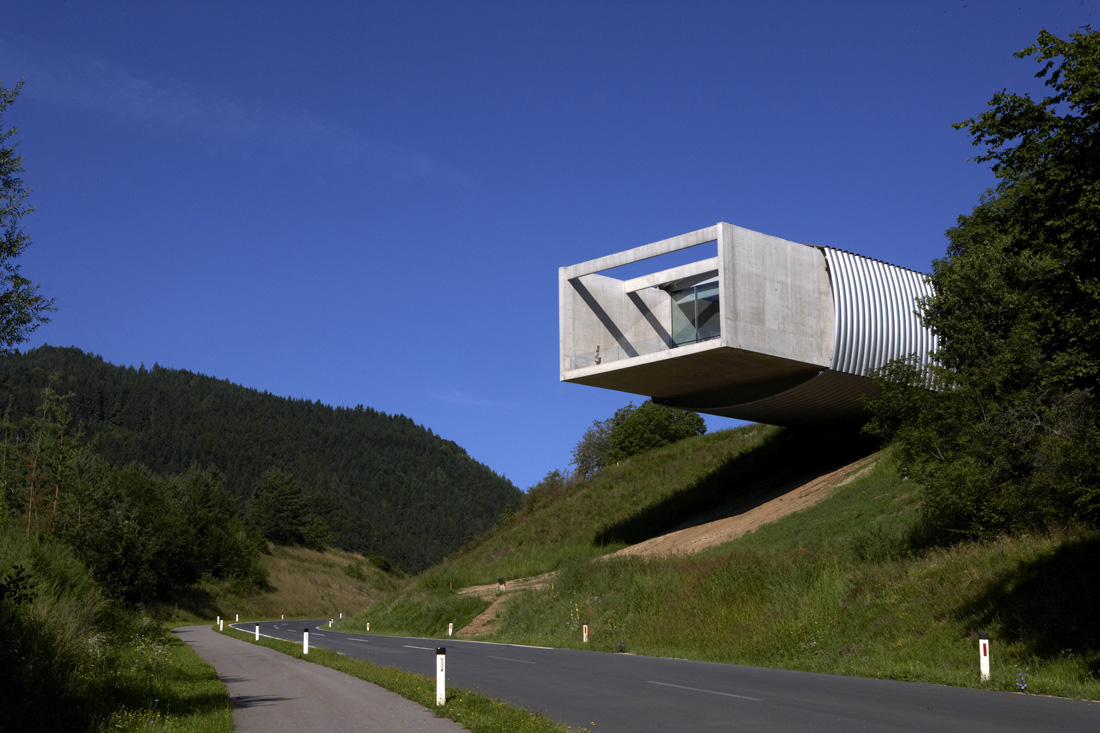
Architects: Querkraft - Jakob Dunkl, Gerd Erhartt, Peter Sapp
Location: Neuhaus, Carinthia, Austria
Project Architect: Erwin Stättner
Project team: Sandra
Denk, Dominique Dinies, Vera Kittler, Janine Hochrieser, Jan
Geldermann, Charlotte Lieske, Tobias Colz, Petra Meisenbichler, Dana
Rakova
Client: dkfm herbert liaunig
Project year: 2006
Construction year: 2007-2008
Constructed area: 4,810 sqm
General Contractor: werkstatt wien, vienna
Structural Engineering: werkraum wien ingenieure, project management: jan umlauf, vienna
Photographs: Lisa Rastl
Place
The museum liaunig projects out on two sides over steep-sided ground, high up in the landscape. A cut through the hill marks a precise intervention in nature.
Sign
Planted into the site the new museum emerges more like a work of landart. Only a small part of the outstretched museum building is visible.
Cut through the hill, the main body of the museum slices through a densely-wooded, steep-sided embankment, providing an unparalleled view over the river drau seventy meters below.
The building cantilevers an impressive thirty meters out, over a steep bank towards the approach road - clearly visible to approaching visitors.
Viewing storage
The museum entrance zone is orientated toward both the centre of neuhaus and the nearby historical castle owned by the museum’s patron.
The substantial viewing storage depot is one of the main areas of the museum. Stretching the whole length of the gently sloping approach to the main exhibition hall, visitors are accompanied by this ‘wine cellar of art’. This underground volume offers the possibility to organize a variety of exhibitions by virtue of flexible screens and lighting arrangements.
Art gallery
The building’s core is a 160metre long, fully daylight exhibition hall, with protected terraces at each end. The continuous 13metre wide, 7metre high room is covered by a part translucent curved-skin - an industrial element permitting daylight. the hall is organized with mobile exhibition panels.
Graphic collection and Gold collection
The daylight-free, gently conical room for the graphic collection lies adjacent the ramped entrance. The collection is enclosed by the main hall and is orientated towards the entrance.
A window facing Neuhaus at the end of the graphic collection sits over the foyer. The gold collection is a separate chamber connected by a small corridor. Brigitte Kowanz’s light installation accompanies the way to the underground collection.
Efficiency and Sustainability
The high cost of the external envelope is avoided by sinking the majority of the building below ground. Rather than removing the soil, excavated ground is used to remodel the site. Industrial materials like concrete, glass and sheet metal dominate the visible portion of the building. Set into the hill, the building benefits from the temperate environment. A geothermal heat pump utilizes the constant temperature of the ground. Roof light substitutes artificial light as much as possible.
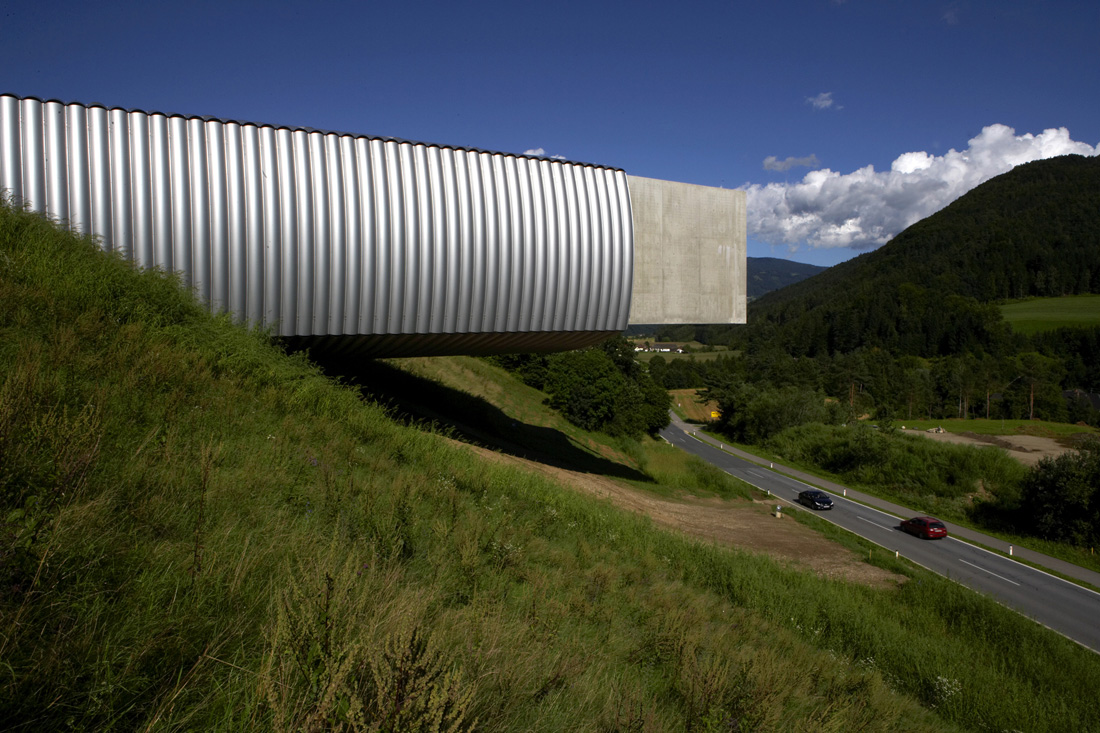

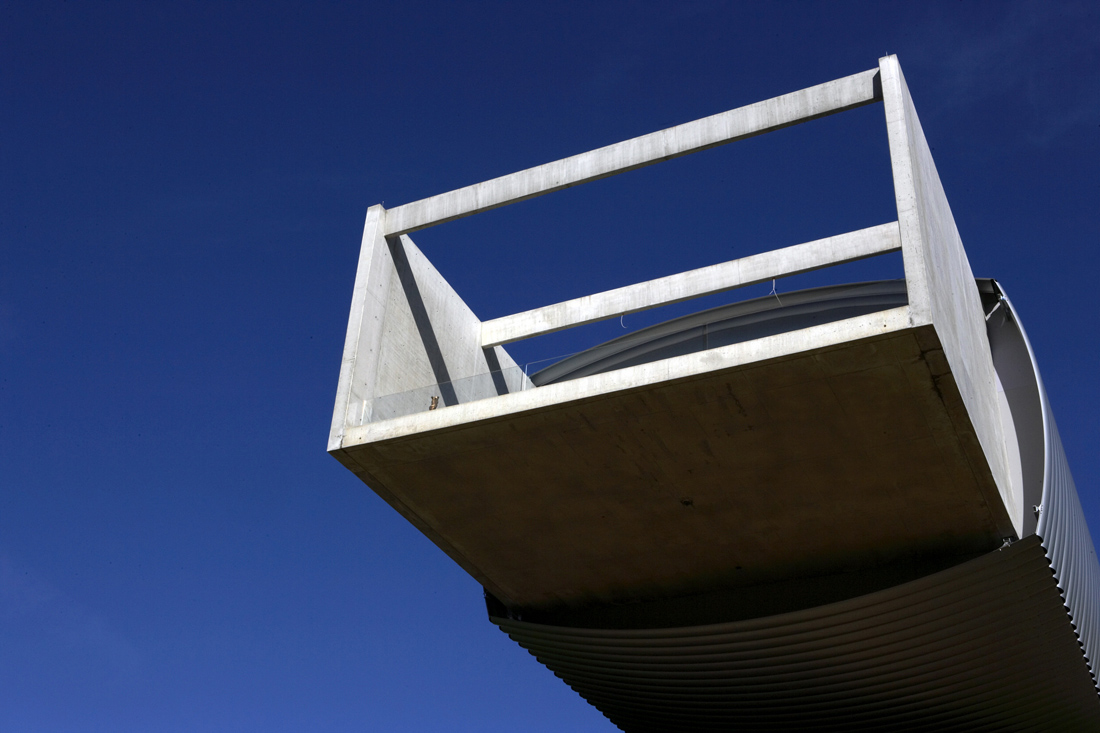
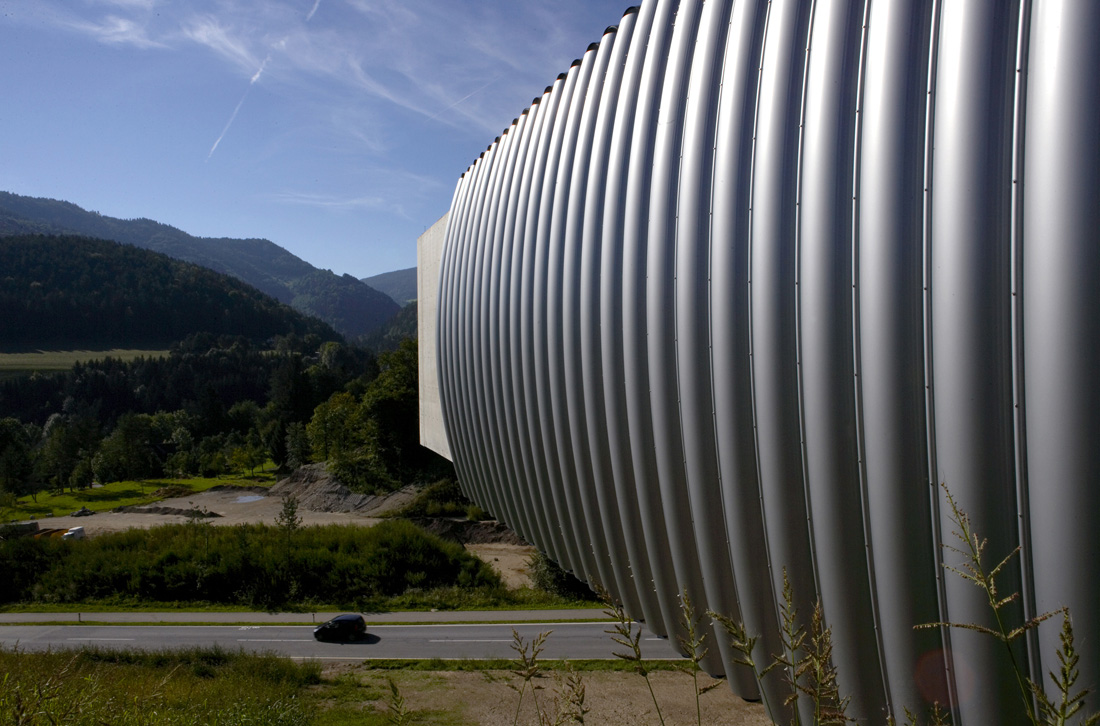
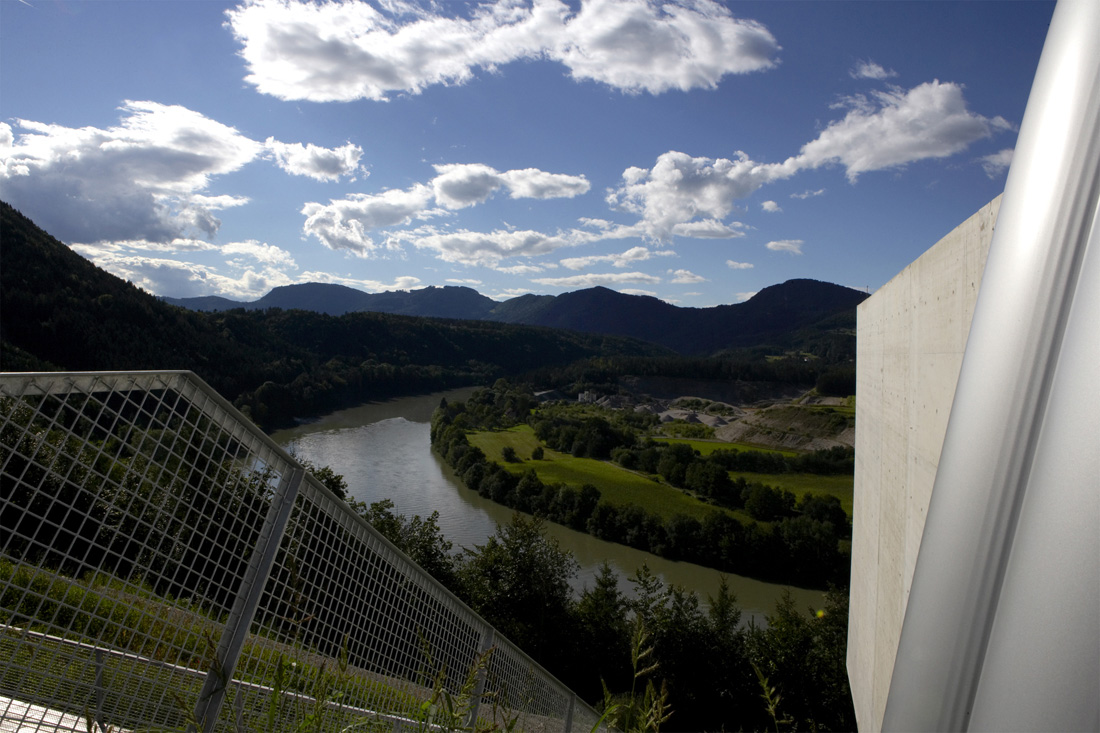
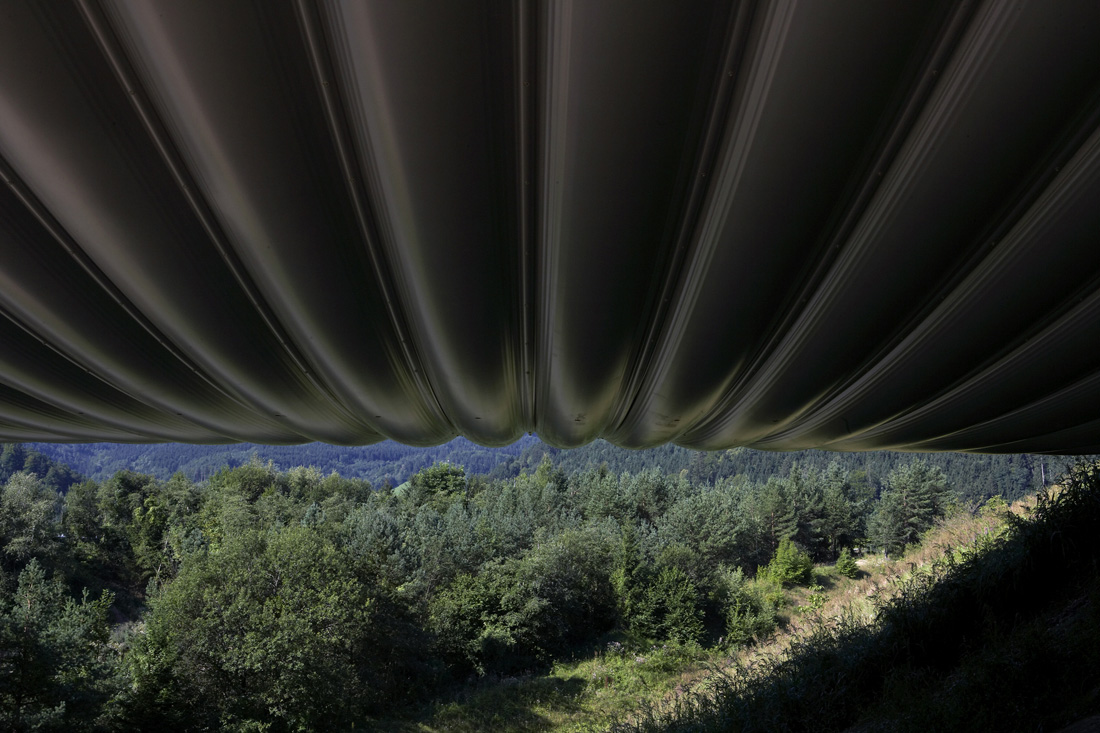
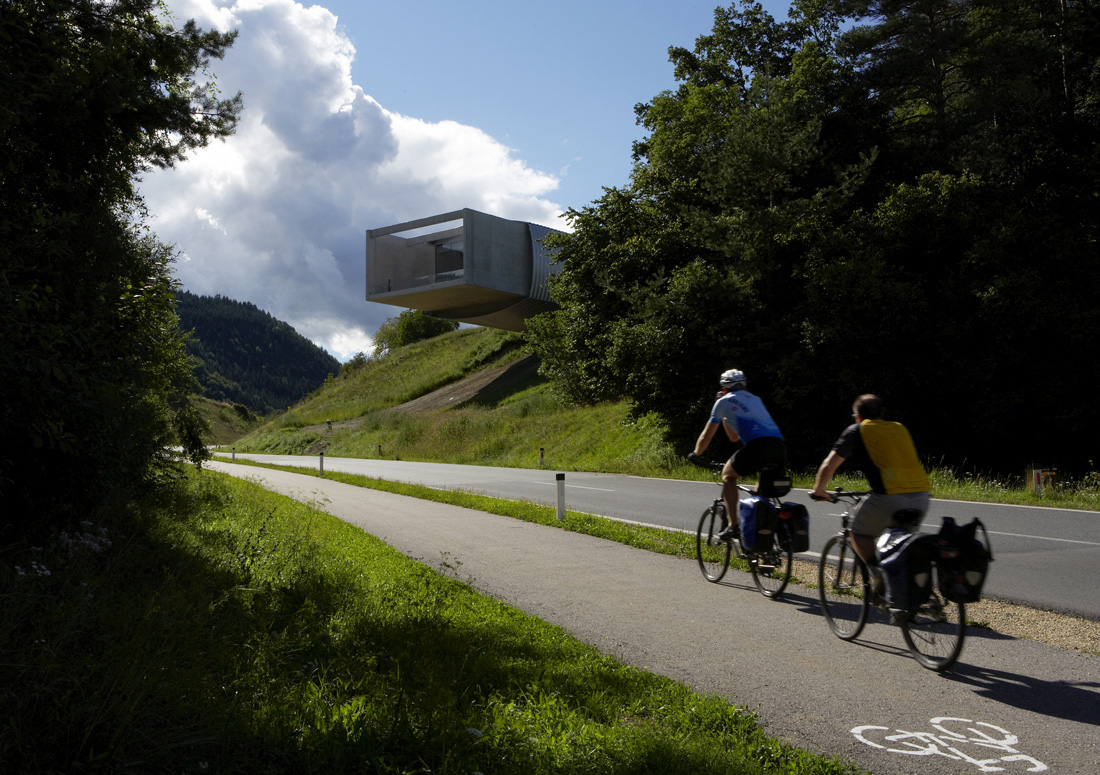
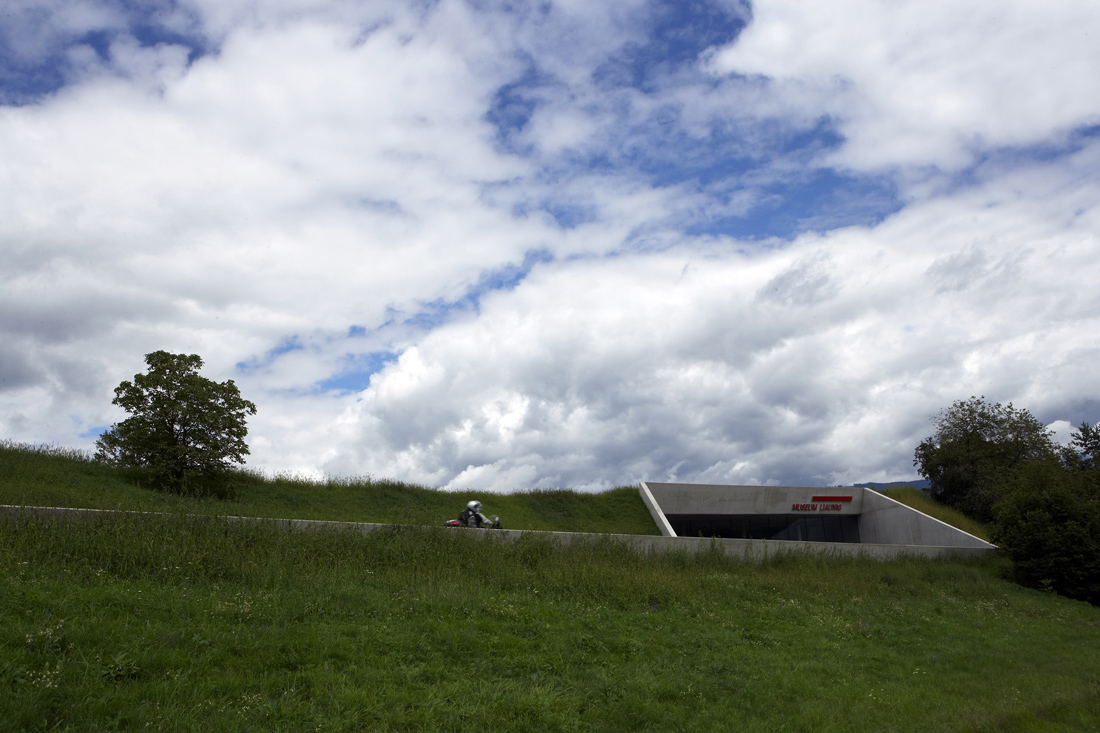
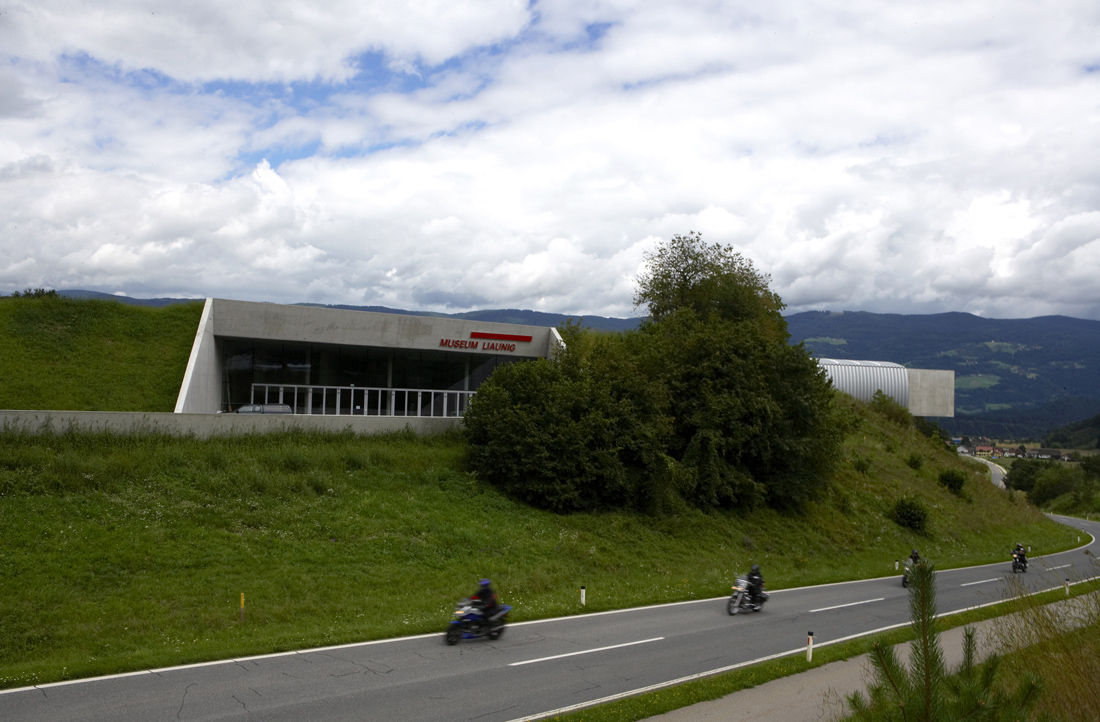
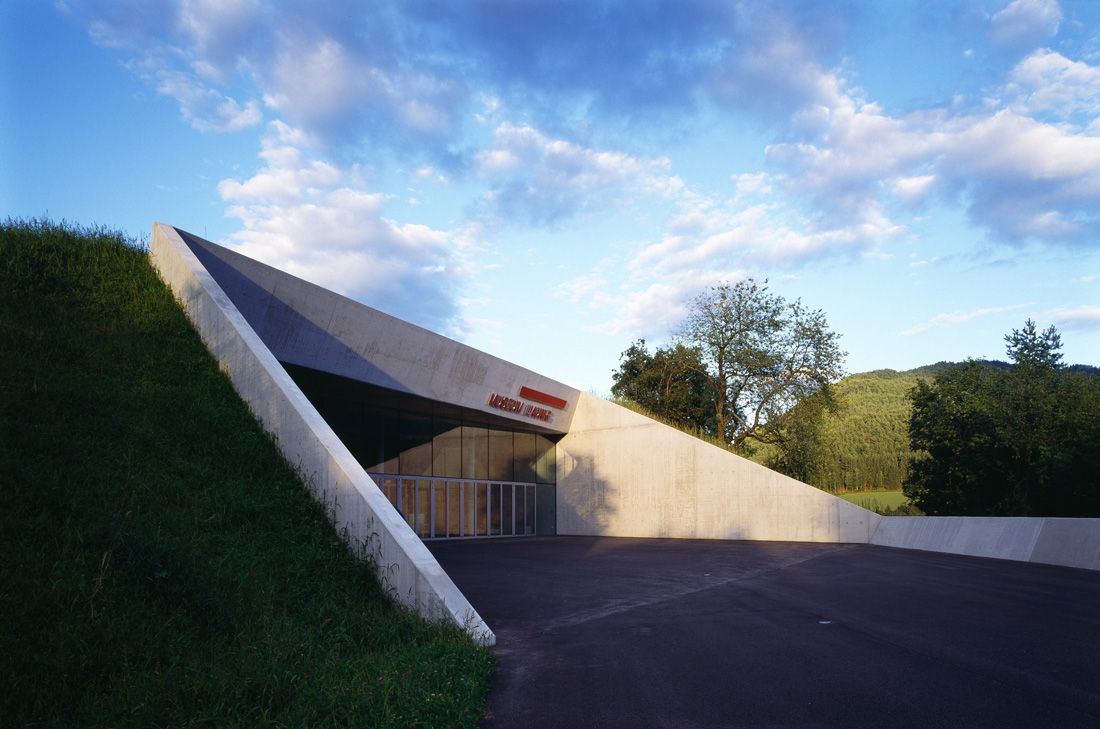
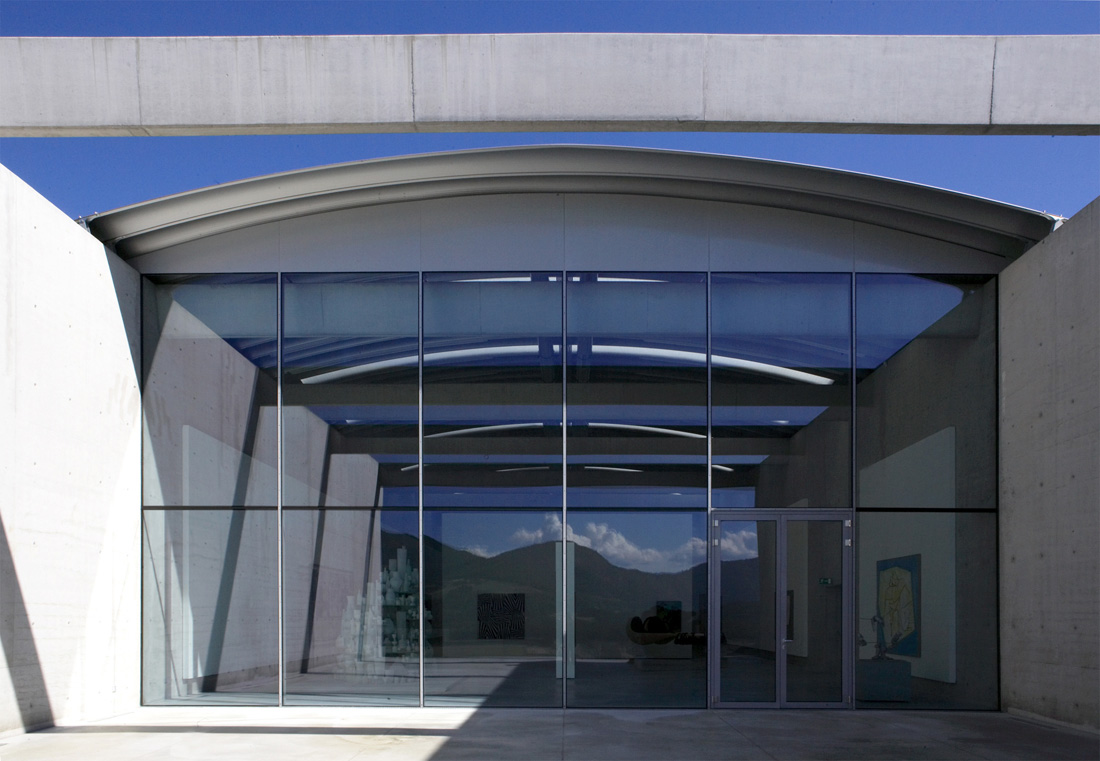

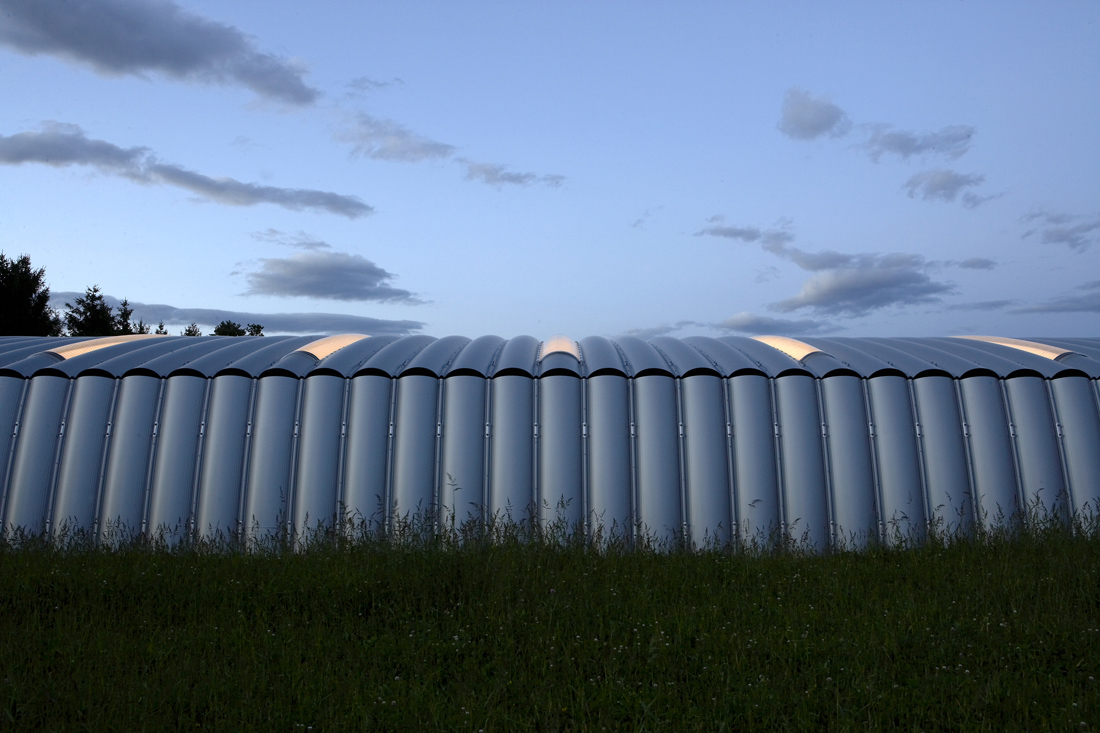
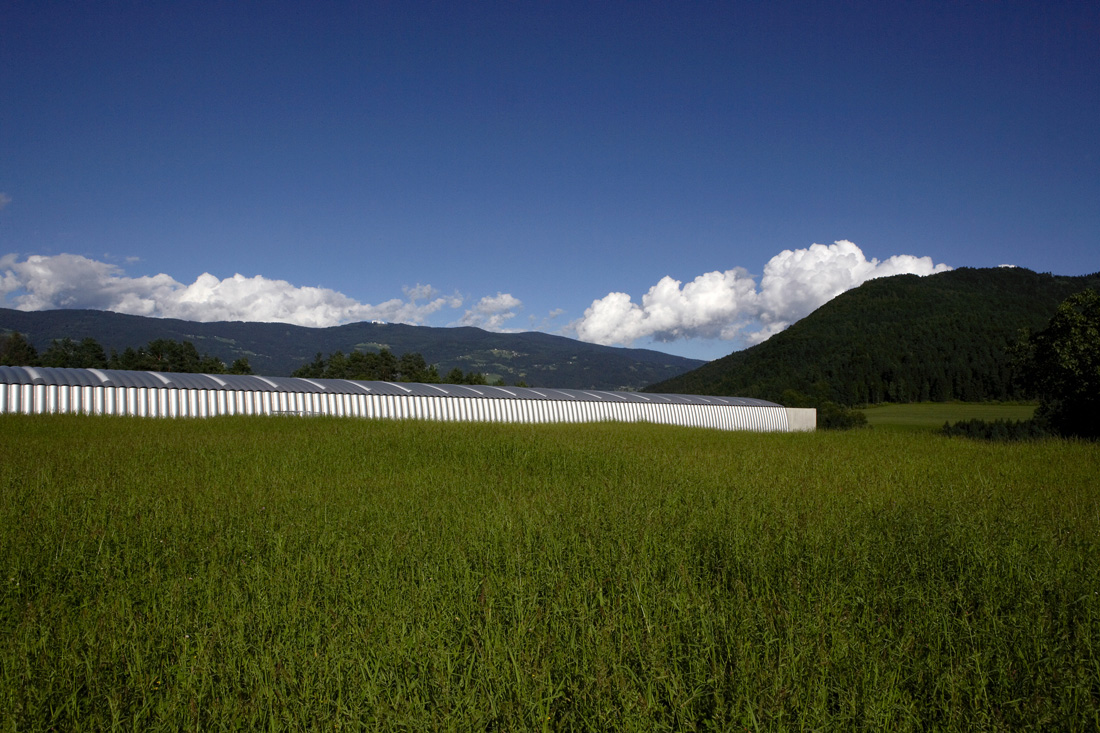
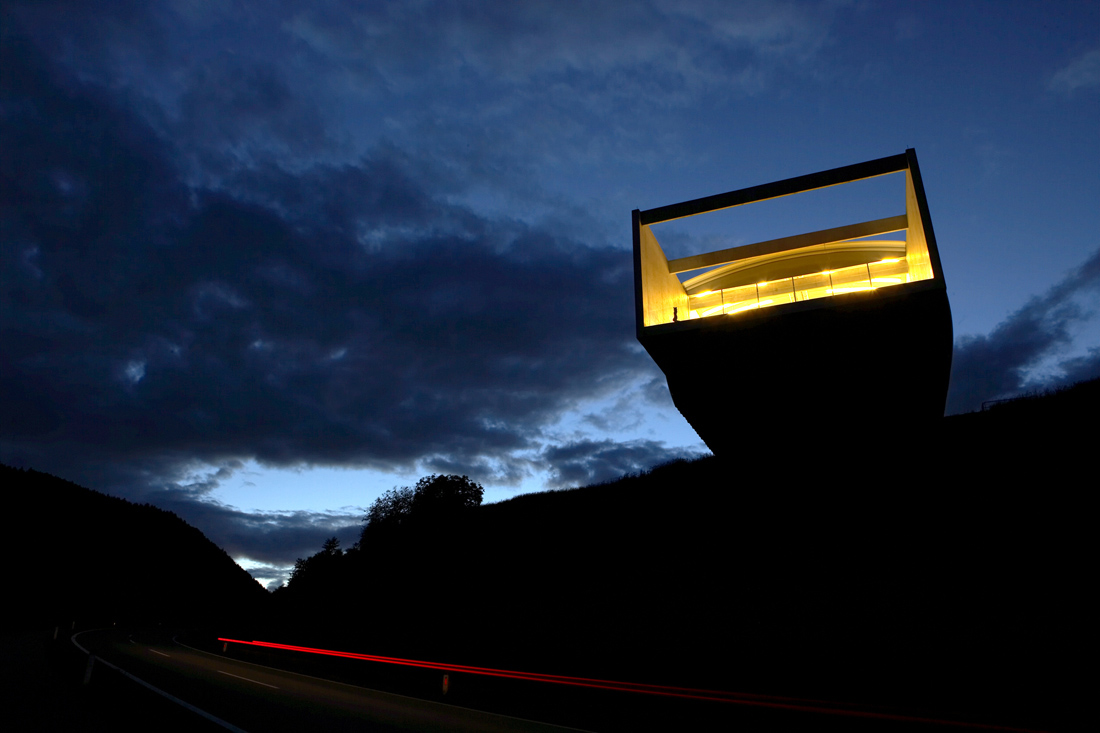
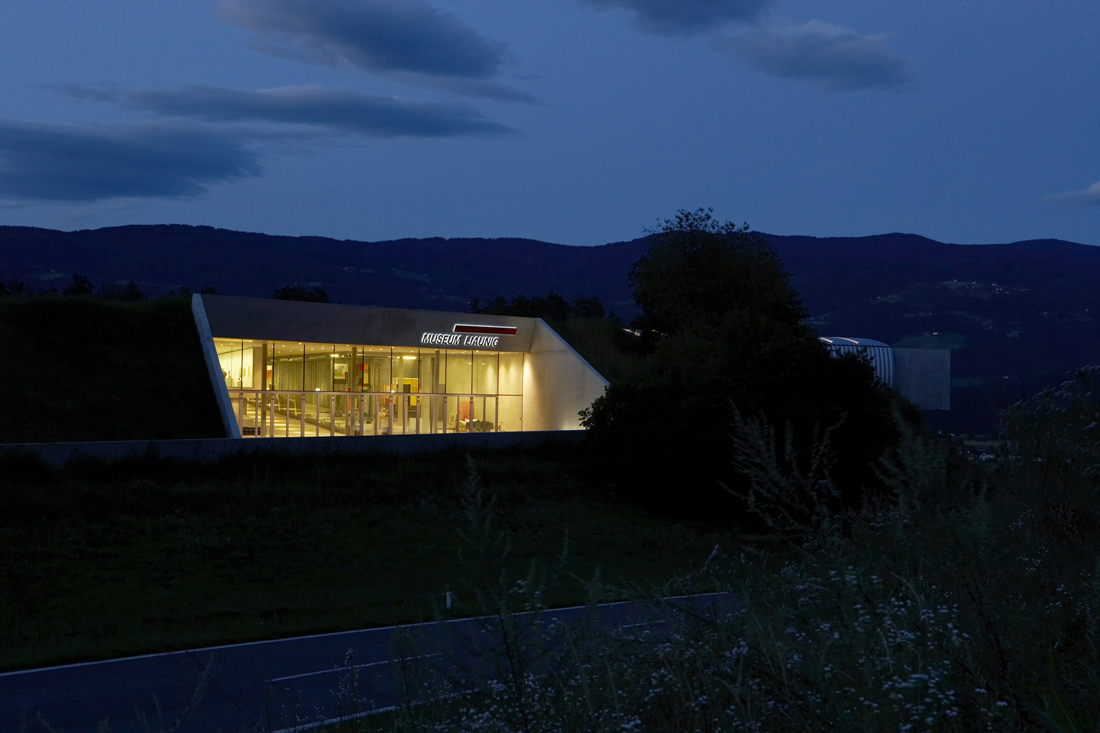
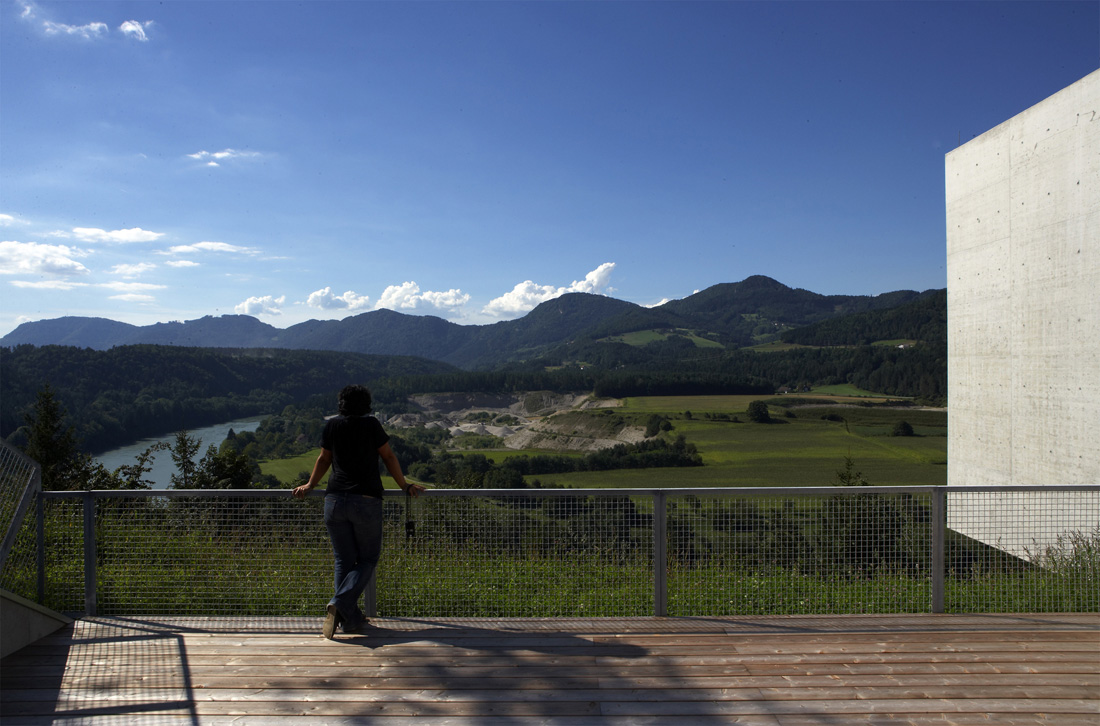
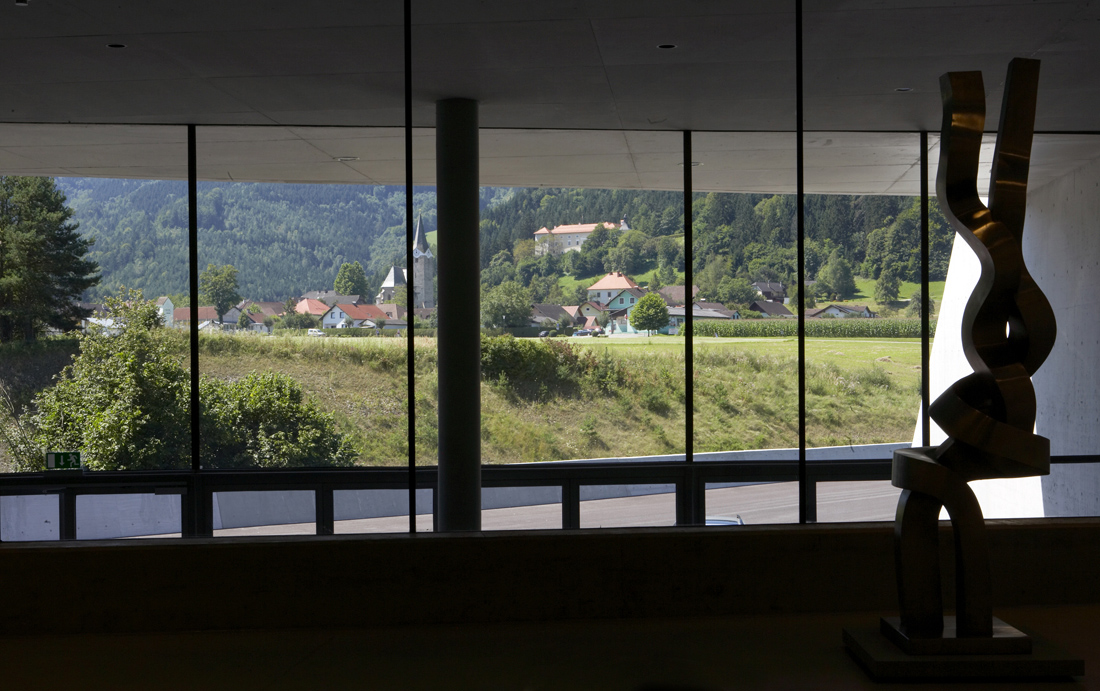
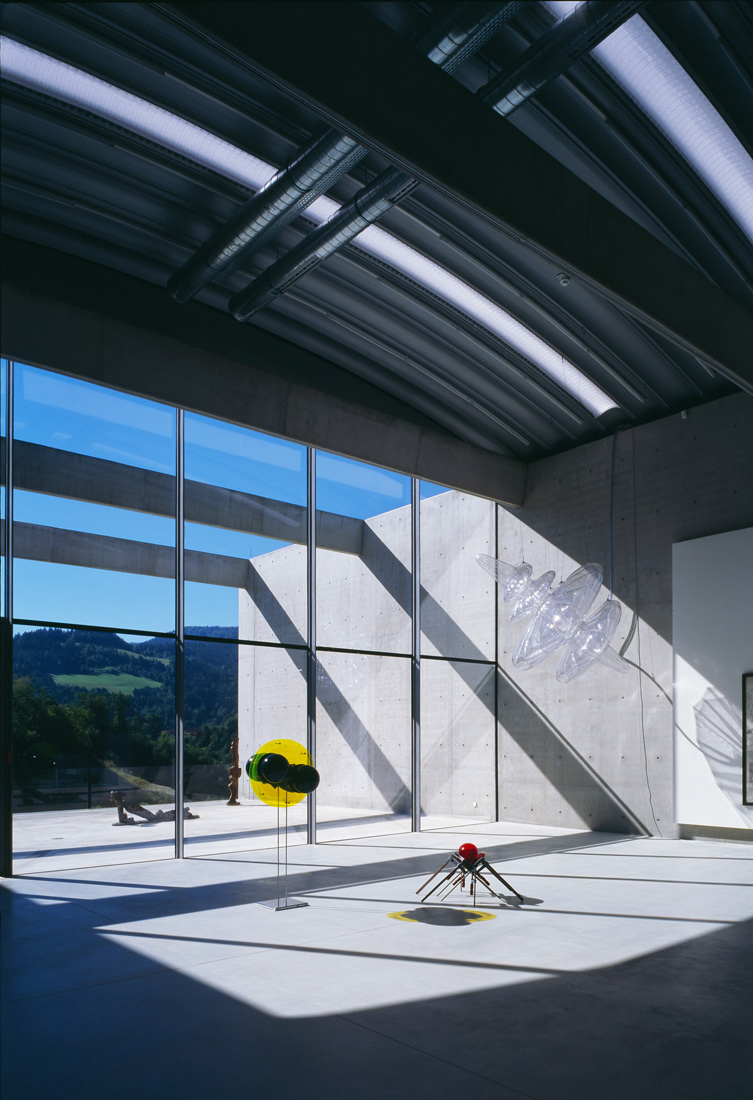
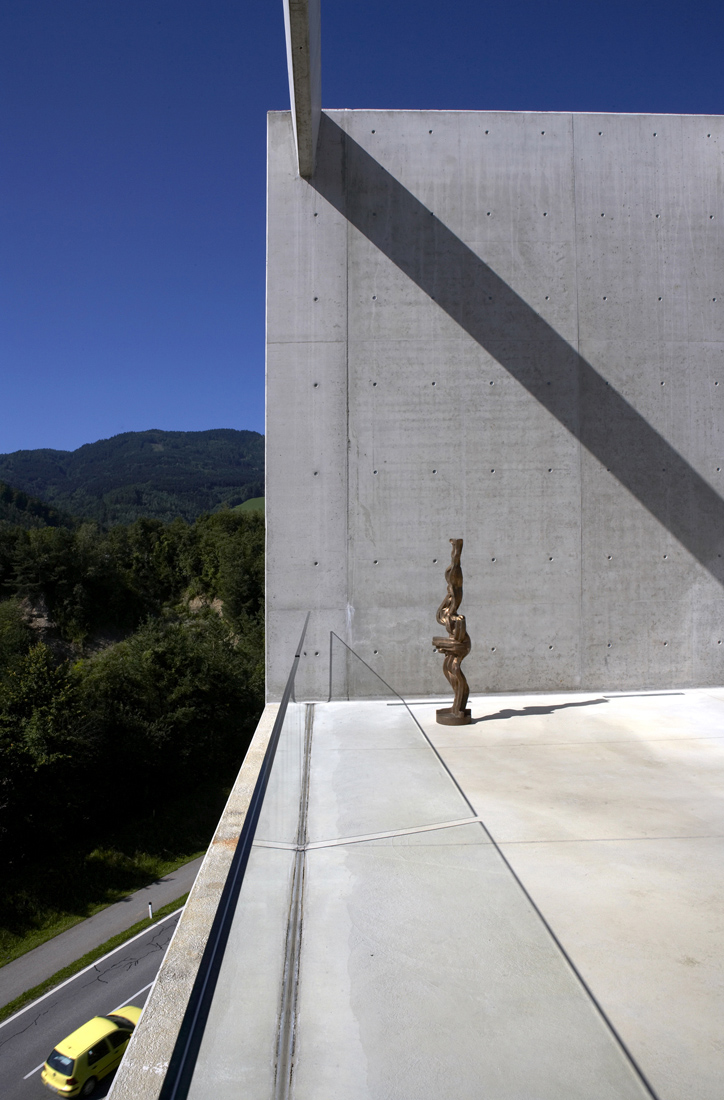
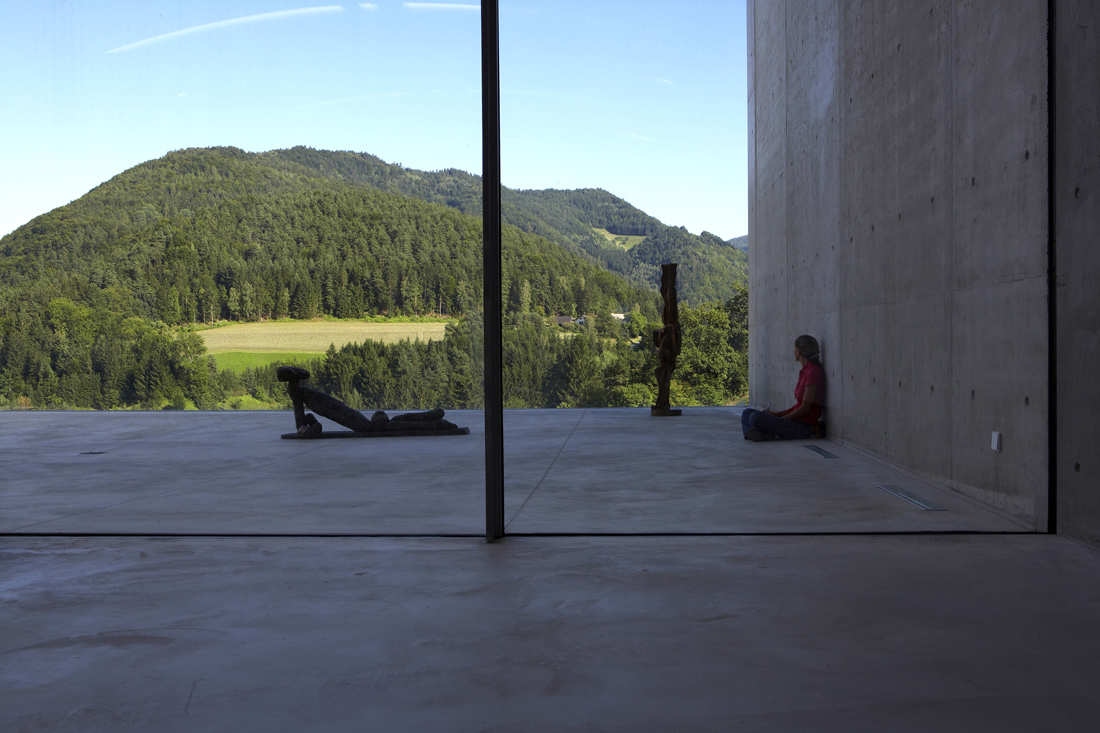
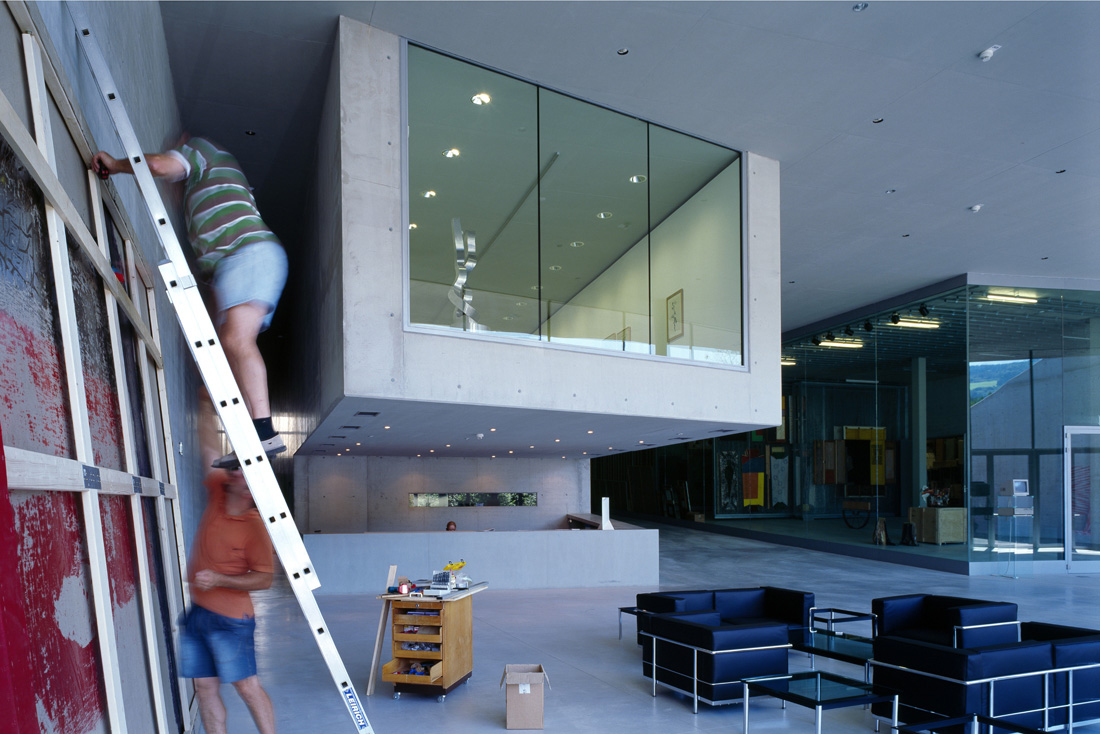
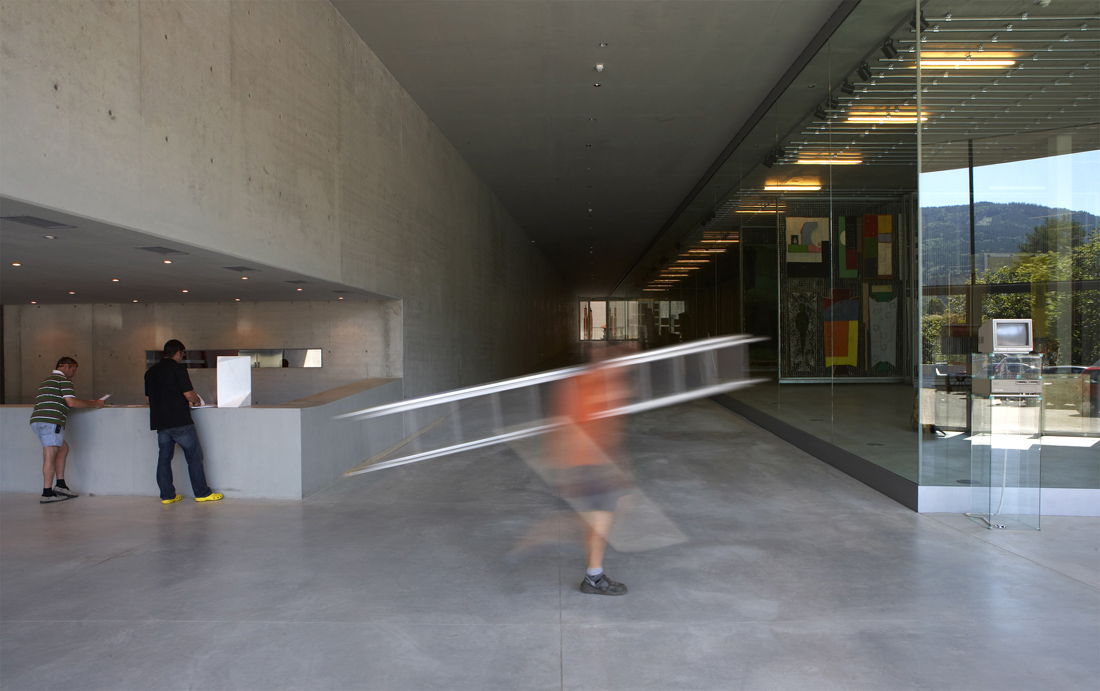
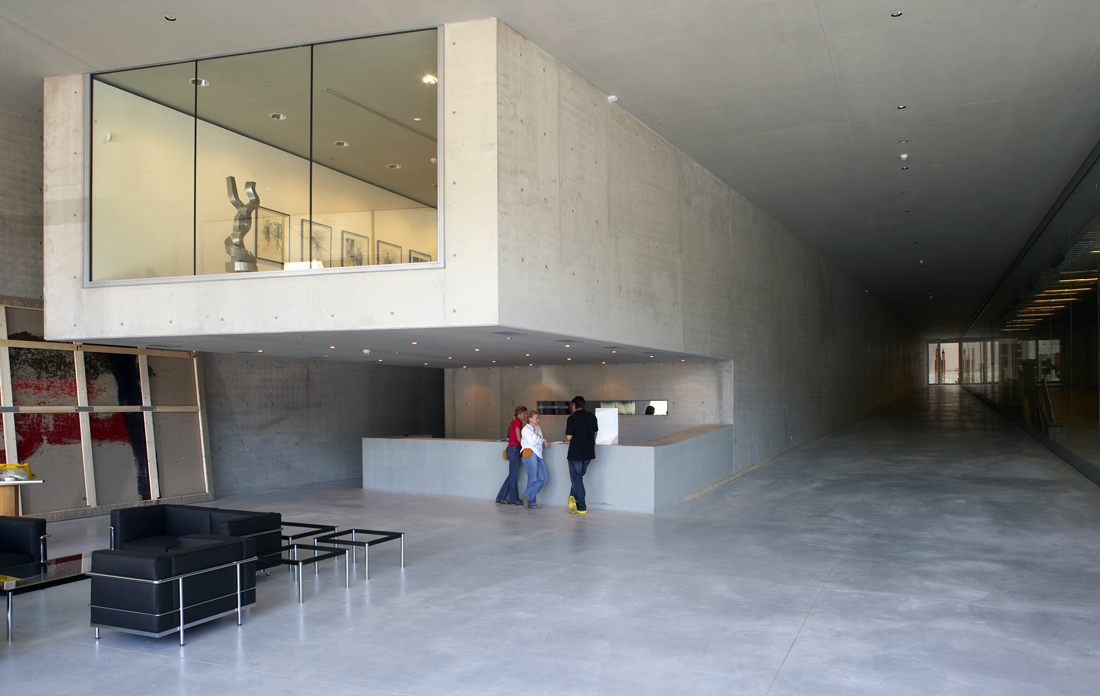
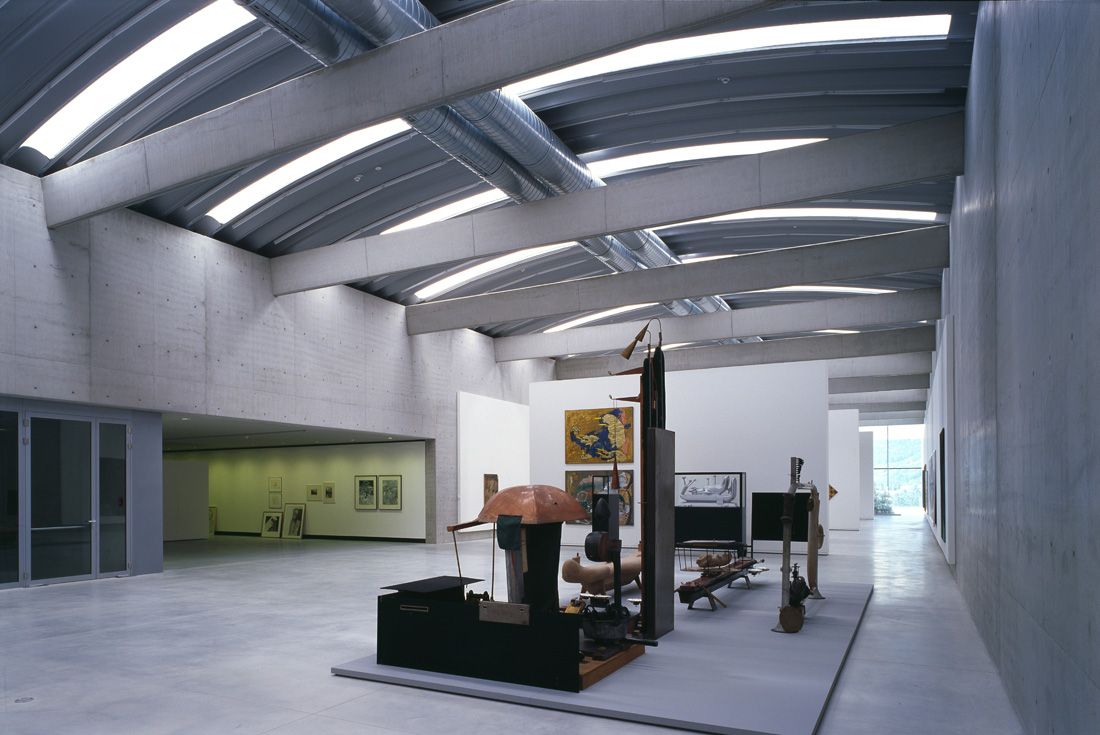
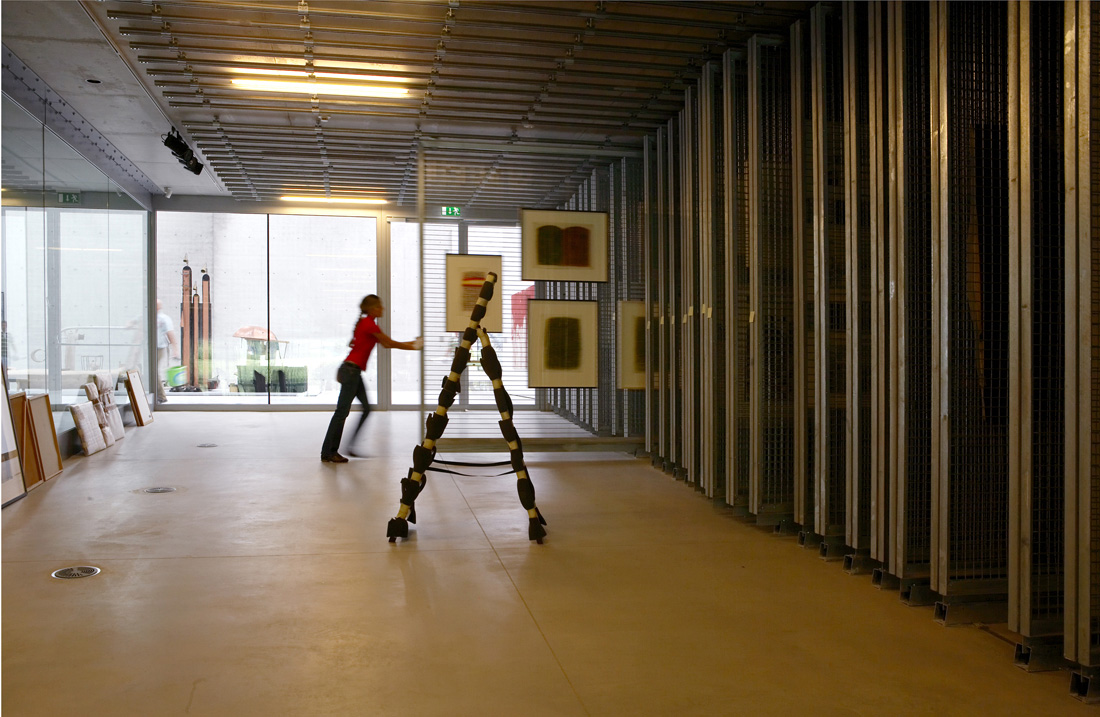
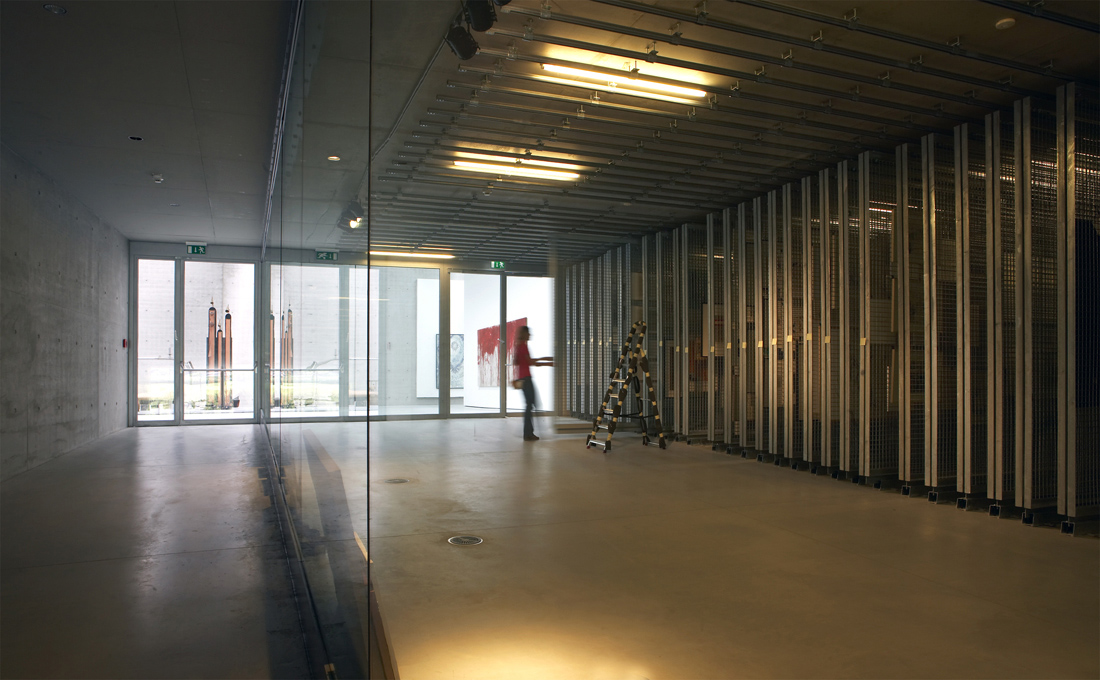
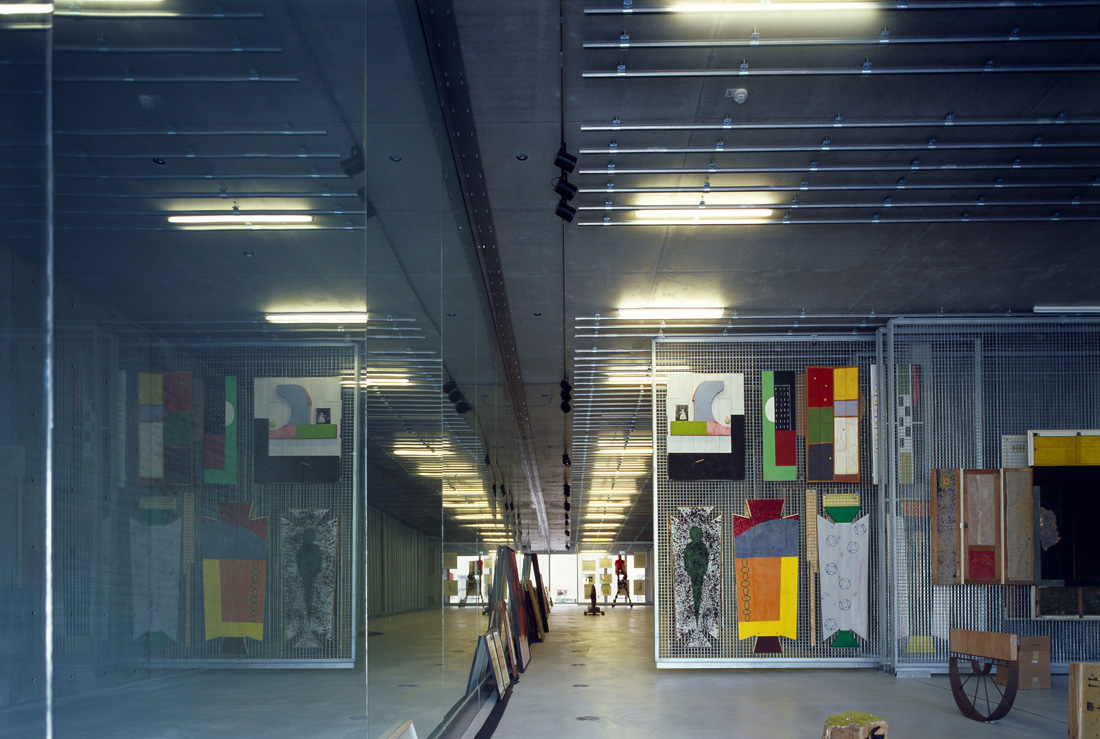
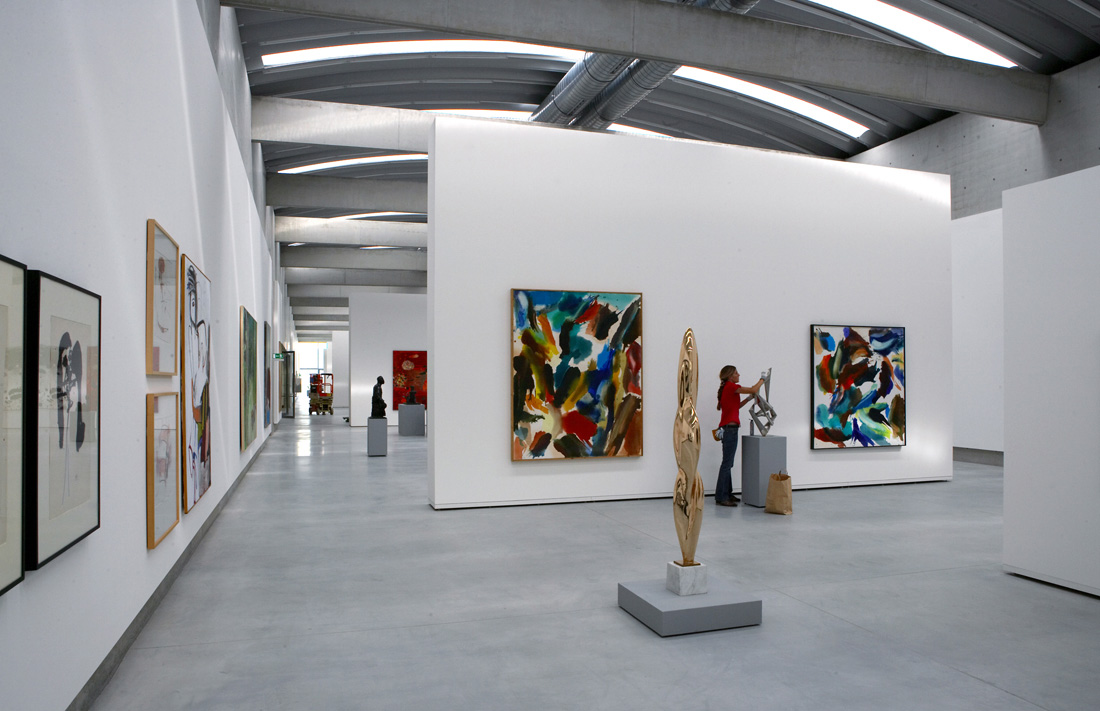
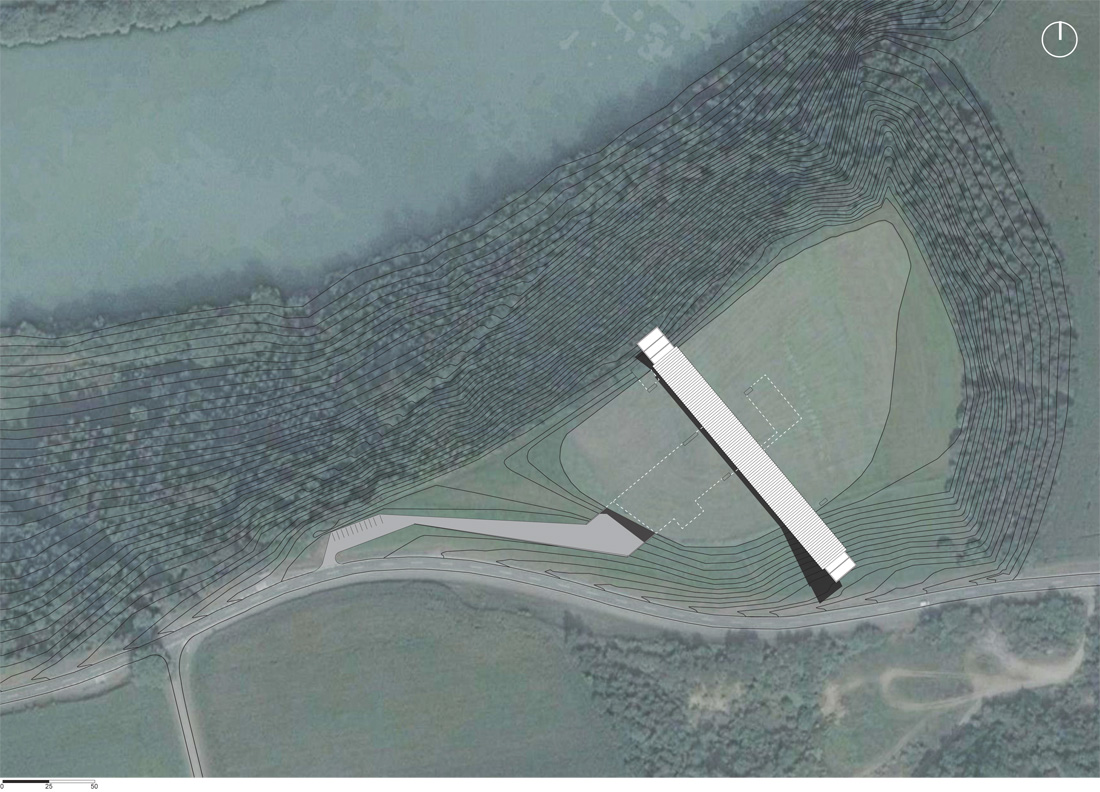
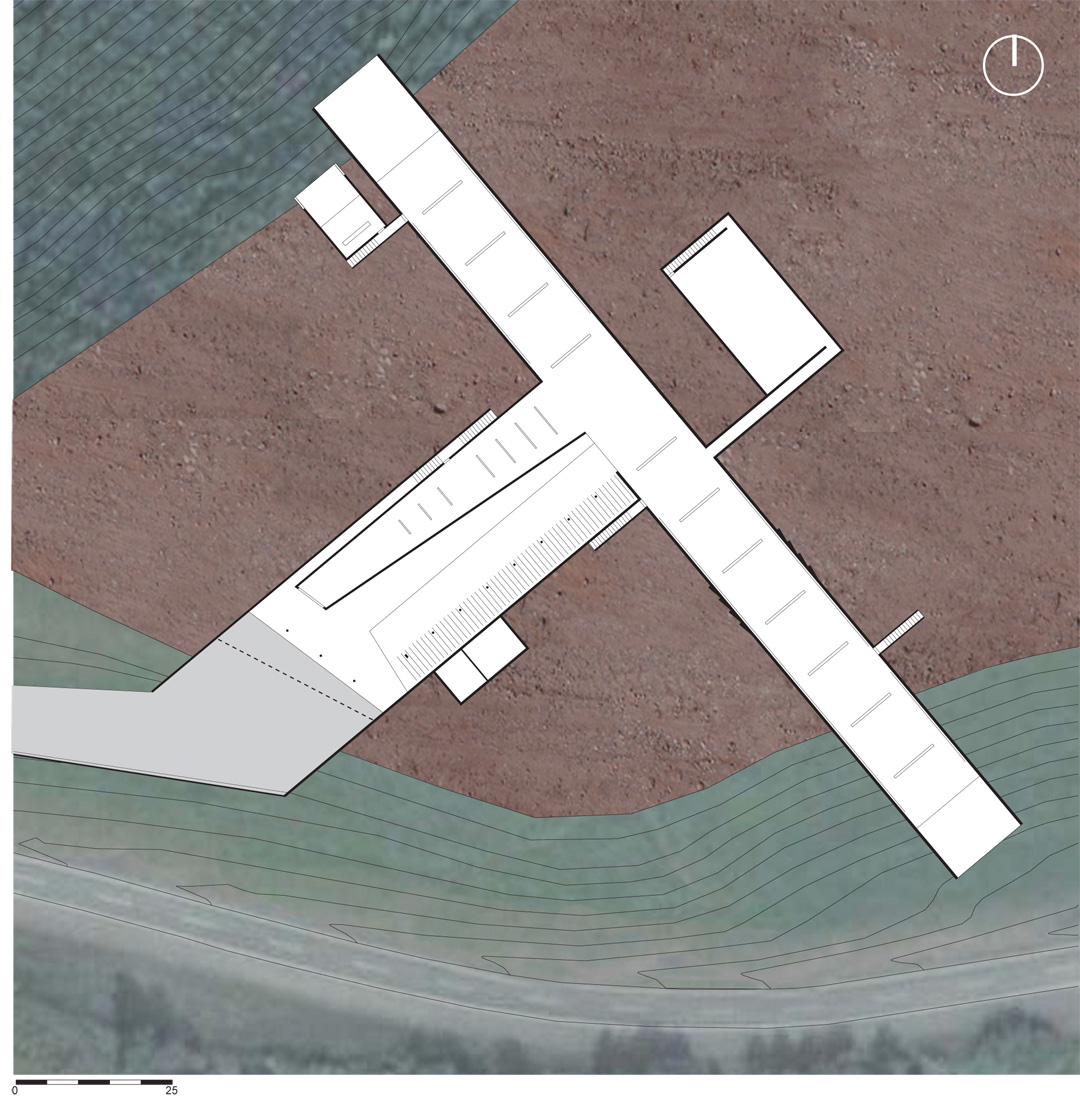
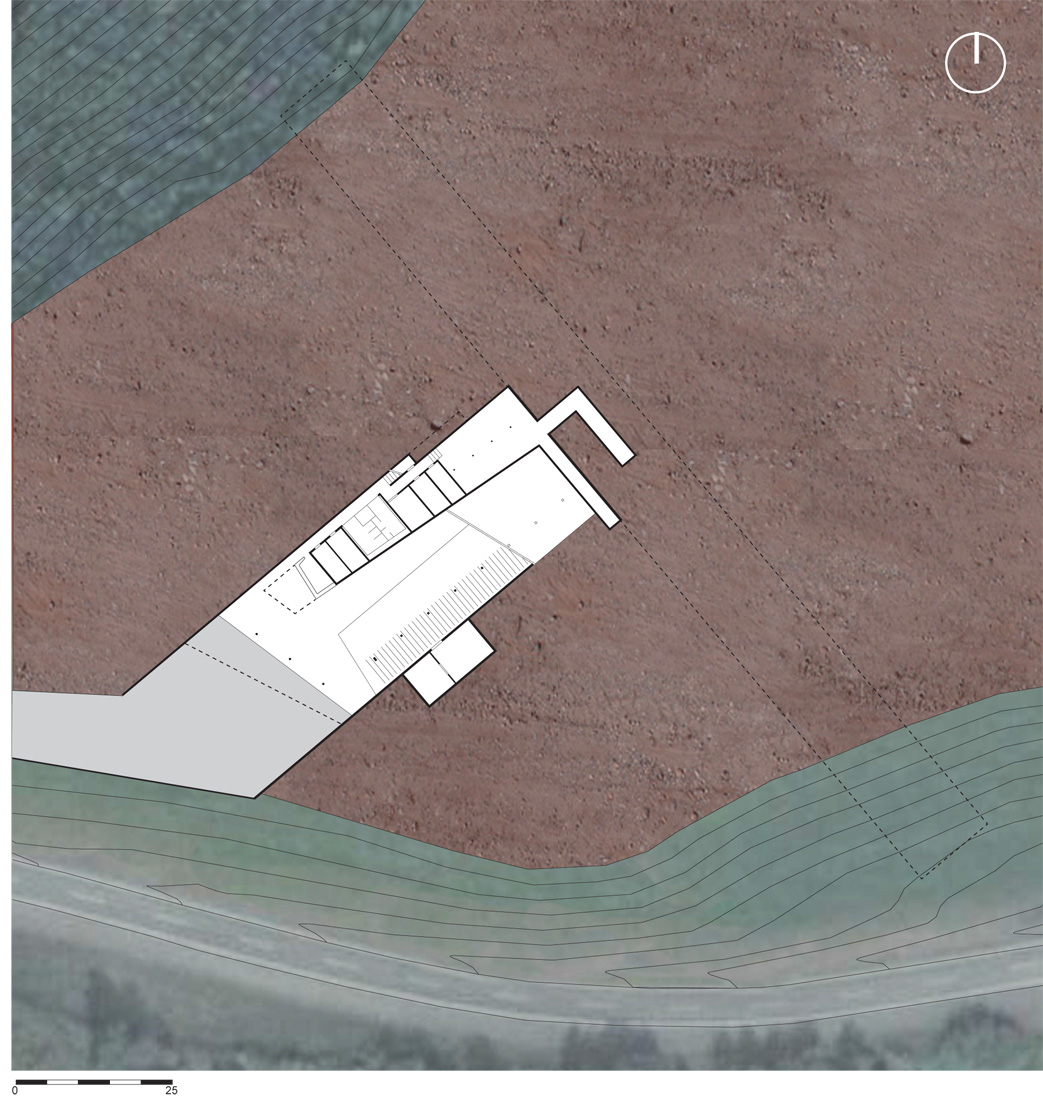



'REF. > Architecture' 카테고리의 다른 글
| [Santiago Calatrava] Gare de Saint-Exupéry TGV (0) | 2008.10.10 |
|---|---|
| [Shop] World Business Center Busan (0) | 2008.10.10 |
| [The design team: Wojciech Kakowski, Natalia Paszkowska, Marcin Mostafa] Polishpavilion (0) | 2008.10.10 |
| [ ANTOINE PREDOCK ] MESA DEL SOL TOWN CENTER (0) | 2008.10.09 |
| [ ARX ] Barreiro College of Technology (0) | 2008.10.09 |
